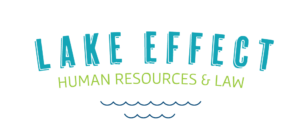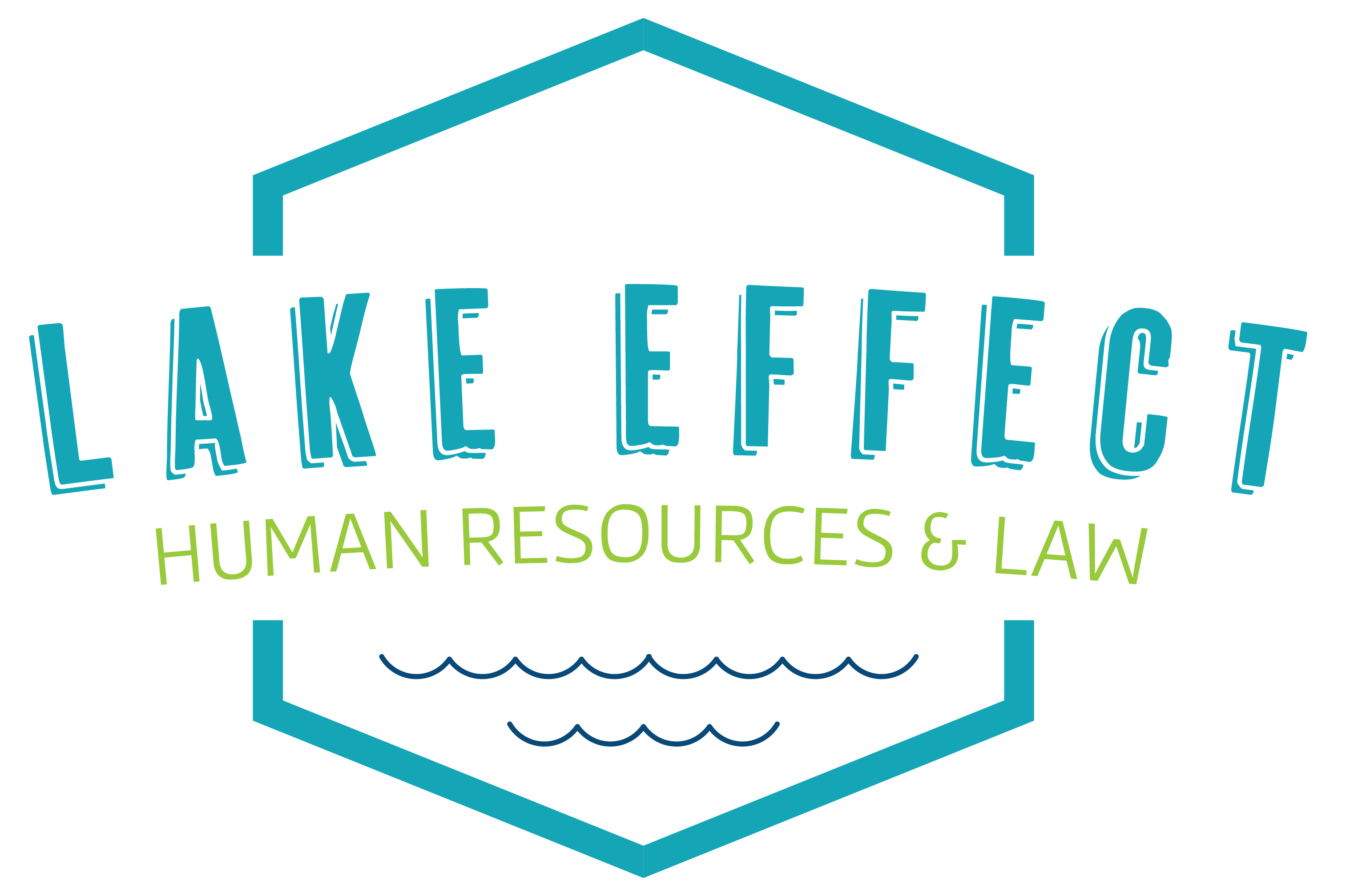Benefit Limits for 2022

Each year, the IRS sets new limits for employee benefits plans and retirement plans. Please see below for Lake Effect’s ready reference chart setting forth the Benefits Limits for the 2022 tax year. A PDF of this information can be downloaded here. 2021 2022 Flexible Spending Accounts (FSAs) Healthcare FSA max election (per year) […]
Annual Benefit Notice Requirements

As employers prepare for their annual benefit renewal process, they should also note the compliance notices that must be provided to employees. Lake Effect has compiled a list of benefit related notices for employers to review. Some notices should be distributed to new hires during orientation, and some need to be distributed to current employees annually. […]

